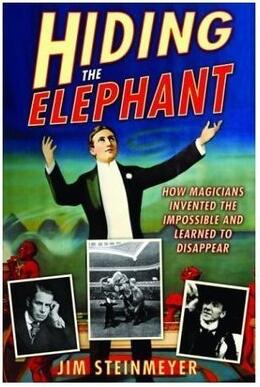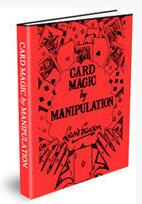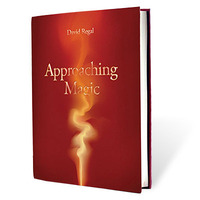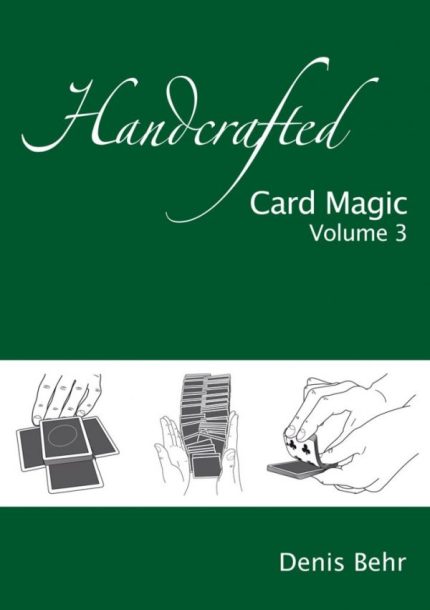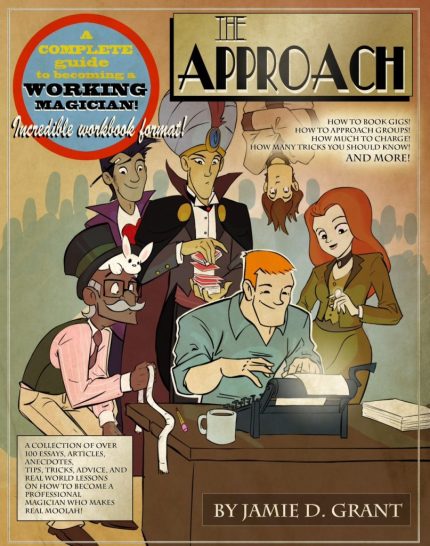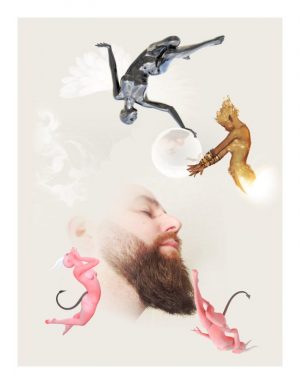Hiding the Elephant: How Magicians Invented the Impossible and Learned to Disappear
Review of book from Publisher’s Weekly:
The success of a magician “lies in making a human connection to the magic.” Create an illusion in the audience’s mind, and they’re hooked. But to understand magicians, we need to understand the art of that creation.
Steinmeyer, who has designed illusions for Siegfried and Roy and David Copperfield, presents a cultural history of magic’s golden age (from the 1890s to the 1930s), some legendary tricks (including the Levitation of Princess Karnak and Harry Houdini’s Disappearing Elephant) and the fierce rivalries that dominated the craft.
Steinmeyer reveals certain secrets, which rely on engineering, artistry and sheer chutzpah, but he hasn’t betrayed anyone; most of his information has been published elsewhere.
What he adds is context. Magicians advertise deceit, then perform it. Unlike political chicanery, which Steinmeyer dubs dishonest trickery, magic is a kind of pure trickery. Audiences pay for a ruse, not a lecture on fraud. Do we believe movie special effects are real? Of course not, but it doesn’t detract from our enjoyment. Similarly, while many 19th-century spiritualists were rightfully debunked as frauds and charlatans, audiences loved the antics. Some, such as the Davenport brothers, were a magnet of controversy and a wild hit, successfully mixing “religion, agnosticism, science, superstition, and fraud.”
Steinmeyer diagrams famous tricks, celebrating their science and ingenuity. Readers meet characters as colorful as their acts. Buyer beware: If you want to keep your illusions, go to Las Vegas. But for magic lovers who revel in learning the magician’s art, this book part research study, part salute is a find.


